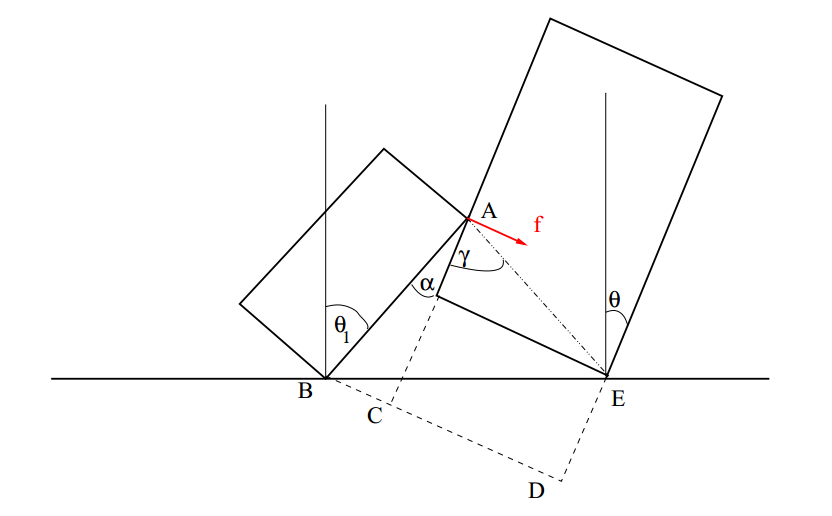That’s Stratford as in East London not upon-Avon.
Great fun and games together with a lot of talking about mental health.
It’s a good thing that most of this was pre-prepared!
===========================================
Lead and violent crime – why a good hypothesis isn’t proof
via Boing Boing by Maggie Koerth-Baker
We know that lead exposure can be dangerous. We know that it can cause brain damage. But what levels are dangerous. How does that damage express itself? And how do you separate the effects of lead poisoning from a whole host of other potentially dangerous, damaging factors?
Last week [early January 2013], Mother Jones had a well-done article about research that is drawing connections between leaded gasoline and the crime wave of the mid 20th century.
That’s a hypothesis.
It’s a hypothesis with a lot of correlational evidence. But it’s not proof.
I recommend reading public health researcher Scott Firestone’s excellent article that delves into the details of the studies from the Mother Jones story.
It’s a great look at the lines between public health as a science and public health as activism and it helps shine some light on why seemingly airtight cases aren’t always immediately acted upon.
===========================================
Arts & Letters Daily – ideas, criticism, debate
From ballads to broadsheets, suicide fascinated 18th-century England. An aristocratic temperament was called for... more
===========================================
U.S.S. Kentucky: 1900
via Shorpy Historical Photo Archive – Vintage Fine Art Prints by Dave
Circa 1900
“U.S.S. Kentucky – quarter deck and after gun turrets”
8x10 inch glass negative by Edward Hart, Detroit Publishing Company
View original post
===========================================
The Curious Mathematics of Domino Chain Reactions
via New on MIT Technology Review
A toppling domino can push over a larger domino but how much bigger can the next one be?
One mathematician thinks he’s worked out the secret behind domino chain reactions.

Continue reading
===========================================
Arts & Letters Daily – ideas, criticism, debate
A jury of art students in 1913 convicted Matisse of “artistic murder”. They disagreed, it seems, about what makes a canvas a painting... more
===========================================
Tracking El Niño
via Encyclopaedia Britannica blog by Gregory McNamee
Melting ice caps, globe-shrouding dust clouds, parched crops, rising seas, disappearing rivers, howling whirlwinds: the weather has gone from being that topic of conversation that no one does anything about to commanding headlines and international conferences, made urgent by the growing fear that it is becoming less predictable and more violent, and likely to grow worse.
Continue reading
===========================================
Literary Graffiti From All Over the World
via Flavorwire by Emily Temple
Those literary types sure are rebels.
Or at least, that’s what we gather from the amount of bookish graffiti that peppers public walls from New York City to London to Yerevan.
We published our first collection of literary graffiti around this time last year, but since it just keeps popping up, we figured we’d kick this year off with another sweep – 20 great examples of bookish branding, from the impossibly skilful to the sweetly childish.
And do let us know if we missed the literary wall in your neighbourhood in the comments!
And one example:
===========================================
Arts & Letters Daily – ideas, criticism, debate
A professor of writing is stalked online by a former student who perseveres to “ruin” him in public. This is how it feels... more
===========================================
Why We Know the Earth is Round
via 3quarksdaily by S. Abbas Raza
===========================================
How plants stay warm
via Boing Boing by Maggie Koerth-Baker
Plants and animals have to adapt to live in high latitudes and chilly mountain environments. With animals, we kind of instinctively know what makes a creature cold-weather ready – thick, shaggy fur; big, wide snowshoe paws. But what are the features of cold-weather plants? It’s one of those really interesting questions that’s easy to forget to ask.
Continue reading
No comments:
Post a Comment